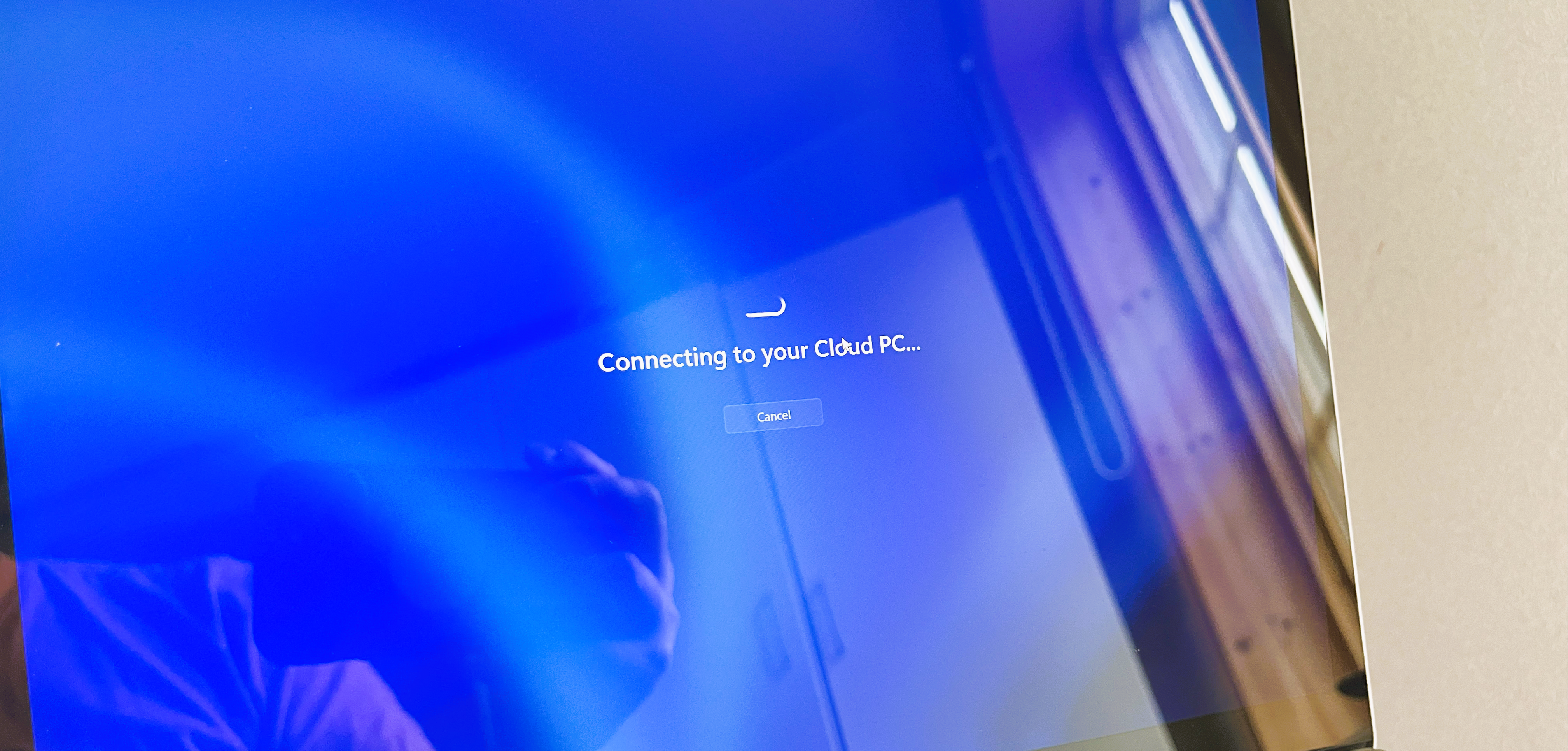Microsoft announced a new app to consume your Windows 365 Cloud PC, Azure Virtual Desktops, published apps and other remote desktop sessions. This app is simply called “Windows app”.
But we already have apps for this one might say, and that is true. But we need different apps for AVD and Windows 365 today. If you use the Microsoft Remote Desktop app you will be able to see and connect to both your Windows 365 Cloud PC, your Azure Virtual Desktops, and your published apps, but you will miss some key features to WIndows 365.

To get all those nice features for our Windows 365 Cloud PCs, we today must use the Windows 365 app.

If we look at how things are in many businesses, a lot of times we have a mix of Cloud PCs, AVDs and published apps. Today that means that we need to separate apps to get the full experience, which from a user perspective can be confusing since I will see my Cloud PCs in the Microsoft Remote Desktop app, but I won’t see my AVDs or published apps in the Windows 365 app.
The announcement at Microsoft Ignite around the new app is to bridge that gap and get everything into one app, the Windows app.
Before going forward, PLEASE be aware that this is still in preview. Things might change and be added/removed.
What is the Windows app?
Introducing the Windows app. This is your new place to consume all your remote desktop session!
The new Windows app brings all the awesome new features in Windows 365 and combines them with the Microsoft Remote Desktop features like support for AVD and published apps.
I think one of the killer features is also that now we will have the same app, across multiple platforms. Today you need to use one or two different apps on Windows, and a less full feature one on all the other platforms. But the new Windows app changes that!

Getting started!
The first thing you need to do, if you haven’t done so already, is to download the Windows 365 app from the Microsoft Store (or have it provisioned to you from e.g. Intune).
Once you are signed in, you will notice a small button in the top menu saying “Preview”. Click on that! If you cannot see the preview button, make sure your app is up to date!

Once you have enabled this, the app will close and the new one will launch (might take a second or two), and you will be asked to sign in again. Once you have signed in, you will now be in the new app experience!
Using the app

This is the new landing screen, to which you can pin your Cloud PCs, AVDs and published apps. And if I want to pin something to my home screen, I head into “Devices” and select the three dots on the resource I want to pin, then select “Pin to” and select “Pin to home“.

As you can see, all the other remote actions available in the Windows 365 app are also there so I can in the same menu do a restart, restore, inspect connection etc. And if I want to pin it to the task view or taskbar, I can do so from here.
But there is also a Microsoft Remote Desktop feature in this app which I was missing in the Windows 365 app; the possibility to not start the session in full screen. You find this by going to Settings on the machine in question and setting “Use default settings” to off. If you then select “Single display” in the Display configuration section, you will be able to turn off “Start in full screen“. If you jump back and forth or have a large screen, this is a really good feature.

You can of course also select your theme, if you want light mode or dark mode, or if you want the app to use whatever you are using in the operating system. Just click the settings icon in the lower left part of the app and select which mode!

And the last thing… The app supports multiple accounts so you can jump back and forth between tenants. Crucial feature for a consultant!

Other platform
Like I said, the app is today available for Windows, macOS, iOS/iPadOS and Android is still not yet released but it’s coming.
I’ve tested it on my iPhone, and to be honest the experience was way better than I anticipated.

One feature I really like is that when just leaving the app and having the desktop open, the session will continue when I come back without the need to re-connect.

The iOS app is a lot like the Microsoft Remote Desktop app in look and feel, but with a few improvements. I still can’t restart my Cloud PC from the app, but I can restore it if needed. However, it’s not a farfetched guess that it will come in a later release.
All the apps are still in preview, and if you want the iOS/iPadOS or macOS app, you will have to head over to Microsoft Learn and fins the links.
Bonus
What I haven’t covered is that there is also a new web portal, which has the same look and feel as the new Windows app.

The new address to the new web-app is https://windows.cloud.microsoft/. You can read more about it in the Microsoft Learn guide as well.






























































